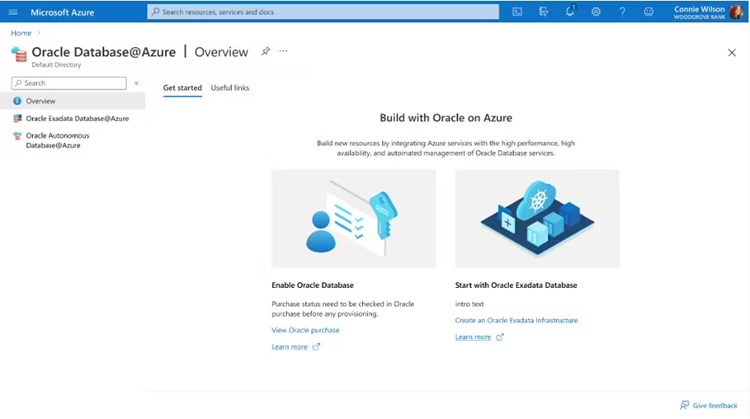So, you've set your sights on conquering the Oracle 1Z0-1078-23 Certification, also known as the Oracle Product Lifecycle Management 2023 Implementation Professional exam. You're in for an exciting journey that could open doors to new career opportunities.
Understanding the Oracle 1Z0-1078-23 Certification
Before we embark on this certification adventure, let's get to know our destination better. The 1Z0-1078-23 Certification is a badge of honor for professionals seeking to master Oracle Product Lifecycle Management 2023 Implementation. It's not just an exam; it is a ticket to becoming an Oracle expert, showcasing your skills and knowledge in the dynamic field of product lifecycle management.
Unveiling Effective Preparation Strategies for the Oracle 1Z0-1078-23 Exam
Unveiling the Oracle 1Z0-1078-23 Exam
Every successful journey begins with a map, the exam blueprint in Oracle certifications. Oracle 1Z0-1078-23 has a well-structured blueprint outlining the topics and skills you require to command. Please take a moment to familiarize yourself with this document; it is your treasure map to success.
The Power of 1Z0-1078-23 Practice Tests
As the saying goes, practice makes perfect. In the realm of certification exams, practice tests are your secret weapon. They simulate the exam environment and highlight areas you might need extra focus. Leverage practice tests available online to fine-tune your knowledge and build the confidence required to ace the 1Z0-1078-23 Exam.
Dive into the Oracle 1Z0-1078-23 Learning Paths
Oracle offers a rich display of learning paths, and it's like having a personal guide on your certification journey. Whether you prefer videos, documentation, or interactive labs, Oracle's learning paths cater to different learning styles. Submerge in these resources; the certification content will be more digestible and engaging.
Connect with the Oracle Community
In the vast realm of Oracle certifications, you are not alone. Joining the Oracle community opens doors to a wealth of knowledge and shared experiences. Participate in forums, discussions, and networking events. Engaging with fellow learners and experts improves your understanding and provides valuable insights that might be found outside textbooks.
The Art of Time Management
Time is of the essence, especially when preparing for a certification exam. Create a realistic study schedule that fits your routine. Break down your study sessions into manageable parts, allowing you to absorb information more effectively. Remember, it is not about the hours you put in but the quality of your study time.
Stay Updated with Oracle's Official Documentation
In the ever-evolving landscape of technology, staying updated is non-negotiable. Rely on Oracle's official documentation as your holy grail for the Oracle 1Z0-1078-23 exam. It is the most dependable source, straight from the horse's mouth. Monitor updates and changes, ensuring your preparation meets the latest exam needs.
Embrace the Mentorship Advantage
Seeking guidance from those who have conquered the 1Z0-1078-23 mountain can be highly beneficial. Connect with mentors, whether through online platforms or local meetups. Their insights, tips, and firsthand experiences can be the extra push you need to cross the certification finish line.
Celebrate Small Wins Along the Way
Oracle Product Lifecycle Management 2023 Implementation Professional Certification journeys can be demanding, so remember to celebrate small victories. Completing a challenging module, scoring well on a practice test, or grasping a problematic concept are all milestones worth acknowledging. Positive reinforcement supports you in motivation and makes the learning process more enjoyable.
Why Choose Oracle 1Z0-1078-23 Certification?
In a competitive IT landscape, certifications act as a beacon, guiding employers to skilled professionals. The 1Z0-1078-23 certification, focusing on Oracle Product Lifecycle Management 2023 Implementation, signifies knowledge and practical expertise. This shows you in the job market, making you a sought-after professional.
Final Words
As we reach the conclusion of our guide, remember that the journey to Oracle 1Z0-1078-23 Certification is not just about the destination but the experiences along the way. Stay focused, stay curious, and embrace the challenges as opportunities for growth.
Mastering the Oracle Product Lifecycle Management 2023 Implementation Professional certification requires strategic preparation, utilizing official resources, and active engagement with the Oracle community.
As you embark on this journey, remember that success is not just about passing an exam but acquiring skills that set you apart. So, dive into Oracle Product Lifecycle Management 2023 Implementation confidently, and let your certification be a testament to your expertise.
You have got this! Good luck with your certification adventure.

































